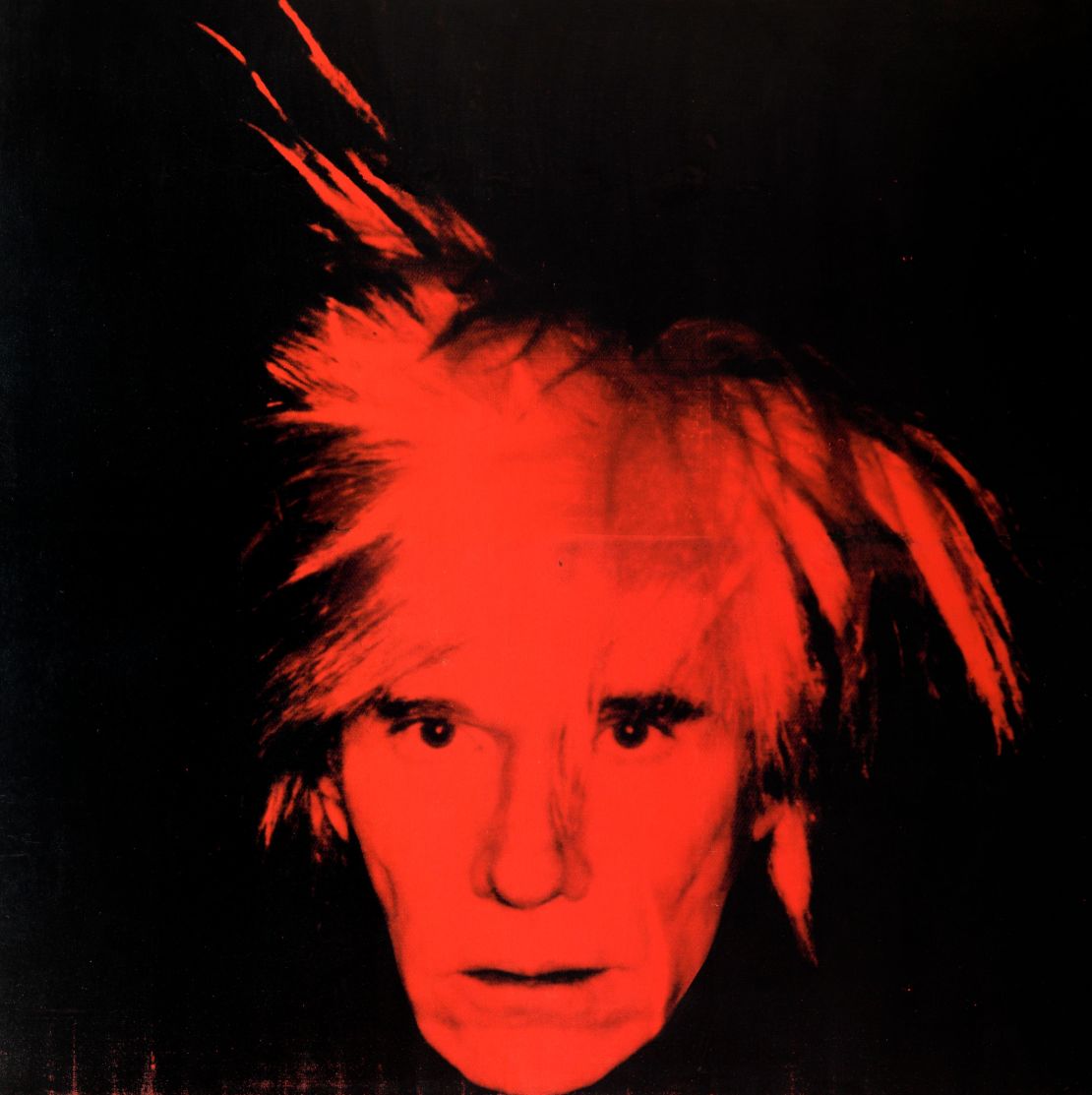A collection of Andy Warhol’s New York portraits of transgender women and drag queens will go on display at London’s Tate Modern, as part of a new exhibition dedicated to the artist’s life and identity.
Warhol painted 14 African American and Latinx sitters for his 1975 series “Ladies and Gentlemen.” Among them was pioneering transgender activist Marsha P. Johnson, who was central to the 1969 Stonewall uprising that galvanized the modern LGBTQ rights movement. Tate is showing 25 paintings from the series, which will be displayed in their own room during the exhibition.

Some of Warhol’s most famous works will also feature in the exhibition, including his 1980 portrait of Debbie Harry and his pop art tribute to Marilyn Monroe, the 1962 “Marilyn Diptych.” The retrospective’s primary focus, however, is Warhol’s personal life, including his childhood in Pittsburgh, his sexuality and his Catholic faith.
“We’re trying to achieve a more humanistic view onto Warhol, through the lenses of Warhol’s upbringing and through his identity as a gay man,” curator Gregor Muir said. The exhibition will include his 1963 film “Sleep,” which features his partner John Giorno, as well as one of his final works, the painting “Sixty Last Suppers.”
The “Ladies and Gentlemen” series was commissioned in 1974 by Italian art dealer Luciano Anselmino. “Many of these paintings are scattered to the winds,” Muir said. “We were very lucky in that we found a relative of one of the original collectors who retained a number of the paintings, enough for us to show 25 of the works.”

While the subjects of the paintings weren’t named when the series first went on display in Ferrara, Italy, Warhol asked them to sign the Polaroid photos they sat for, enabling the Andy Warhol Foundation to subsequently identify all but one.
Alongside Johnson, Warhol’s subjects included Wilhelmina Ross, who performed in New York’s Hot Peaches theater group, as well as Helen/Harry Morales, who signed both names on the Polaroids. Both appeared in multiple works in the series, with Ross featuring in almost 100.
“What remains so interesting to us is just how prescient Warhol was. He was so engaged in the ideas around sexuality, sexual identity and gender, and had been for much of his life,” Muir said. “As we look in these works and we look around us at our contemporary culture, it’s as though not a day had gone by.”
“Andy Warhol,” at London’s Tate Modern runs March 12 - Sept. 6, 2020
